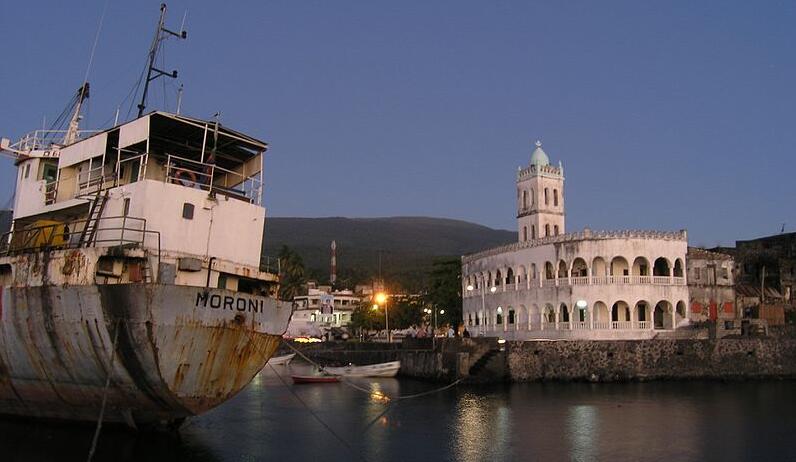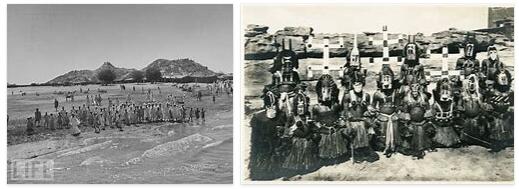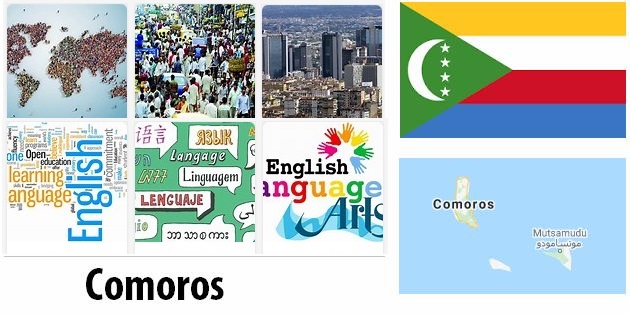Nigeria Economy Overview
Since 1 October 1960, Nigeria has been a fully independent federal state within the British Commonwealth. The state is made up of three regions and a federal territory, as in the table below.
The various tribes are distributed as follows: the Hausa and Fulani form the nucleus of the Northern Region, the Yoruba of the Western Region and the Ibo of the Eastern Region.
According to BAGLIB.COM, the country’s economy hinges mainly on agriculture, which employs about 90% of the population and contributes 90% of exports.
The most important food products are cassava, yams, rice, millet, cane sugar, a product characteristic of the alluvial plains in the Northern Region, and the kola nut, however, used as a stimulant. In terms of exports, palm oil mainly counts (about one third, in value, of exports), which occupies the first place in the world in this field. The palm is very sensitive to drought, which is why it is widespread in the humid areas of the eastern region. The best qualities of palm oil, about 50% consumed locally, come from the plantations of Sapele and Calabar. Important oil seeds are provided by peanuts, which were introduced by the Portuguese to West Africa from the new world, and by sesame. Another product that is widely exported because it is in demand and profitable is cocoa, which employs 330,000 farmers. The production of rubber derives both from the rational cultivation of Hevea brasiliensis both from the spontaneous harvest of Landolphia owarensis (six large plantations in Sapele, Calabar, Oban, etc.) and once also from Funtumia elastica. The cultivation of cotton is somewhat scattered, as it is used for local needs, but it also fuels a certain export. Livestock farming has taken on an important part in the country’s economy; cattle are largely distributed in the Northern Region.
Nigeria has considerable resources from a mining point of view, which are based above all on the production of tin and associated minerals (Jos Plateau), such as columbite, of which the country is the largest producer in the world, tantalite, wolfram. Fossil fuel fields (Enugu-Udi) are also used, which are connected to Port Harcourt. Gold comes from the precambric schists, while lead-zinciferous minerals, partly argentiferous, are included in the cretaceous sedimentary rocks of the eastern North. The most important mineral for export purposes is tin (its mines employ 60,000 workers). The production, which comes largely from the Jos and then Bauchi mines, had reached an average of 17,000 tons per year in the last war, now down to 8,300 (5% of world production).
Although the Federation constitutes a mosaic of races, languages, religions and orders, and despite the considerable divergence of interests and views between the Northern Region (where the old Sultanal and Emiral families prevail) and the other two (where the an evolved and westernizing element has taken over), the consideration of the weight that the Federation – with its vast surface, the largest population of the entire continent, its enormous wealth – will be able to exert on all of Africa (not only Western) it has held and holds firmly together the various members. On the other hand, the politicians of the three regions have given each other clear evidence of maturity, a spirit of compromise and good will. The disputes, especially in relation to relations between federal and regional bodies, they were easily overcome. In August 1957 the western and eastern regions, in March 1959 the northern region achieved full self-government in internal affairs.
Through the subsequent constitutional stages established in the Orders in Council of 1947, 1951, 1954, 1959 and related minor amendments, all stages agreed upon between the London government and local bodies, the proclamation of independence was reached on 1 October 1960. On 7 October 1960, Nigeria was admitted to the United Nations. The question of Cameroon was settled by the plebiscite of 11-12 February 1961, following which the northern area of the former British Cameroon opted for union with Nigeria, while the southern area opted for union with the republic of Cameroon (formerly French Cameroon); but the latter, moreover, contested the validity of the results of the census.
From a constitutional point of view, Nigeria is a federal parliamentary monarchy. The Queen of England is the head of state, represented in Nigeria by a Nigerian governor general and a governor in each individual region. In the federation, alongside the governor general, there is a bicameral parliament (assembly of representatives and senate); an executive council or federal government, chaired by a Premier. In the three regions there is a governor; a bicameral parliament; an Executive Council. The federal parliament has exclusive competence on matters of general interest and competing competence with regional parliaments on other specified matters. The remaining matters are the responsibility of the three regional parliaments. Appropriate laws regulate elections in the Federation and in individual territories.
For a rational economic development of the country, grandiose development plans are underway, which foresee a total expenditure of over 339,000,000 pounds in seven years (1955-56 and 1957-62), of which only 23 provided by Colonial Development and Welfare British Fund and 10 from the International Bank for Reconstruction and Development, the remainder from the proceeds from the sale of the country’s four most important agricultural products: cocoa, cotton, peanuts and oil palm products.



